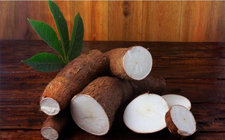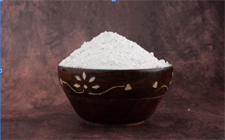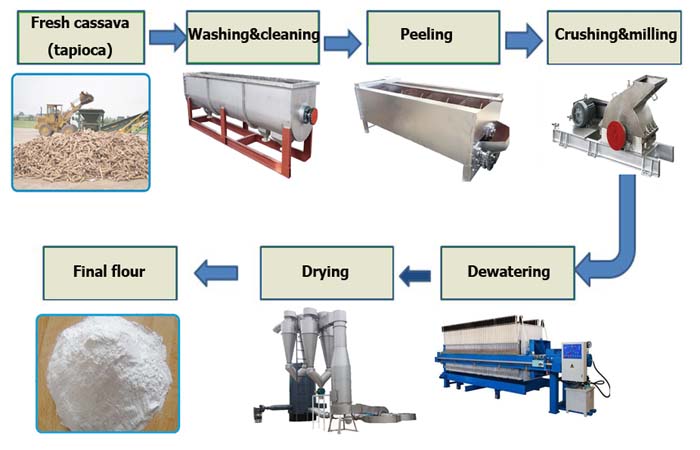
Valli Sago Factory is one of the big Sago Production factories in India. Over the years, we have come across various customers and strive hard to satisfy all our customer needs. We work based on the consumer requirements and deliver quality Sago and always keep it as a most affordable and edible food based on their needs.
This new age of Food Processing comes with high quality standards and food safety assurance. We believe the essence of our Sago business is commitment for our customer's growth.

Tapioca (Manihot Esculenta Crantz) was introduced in India during the later part of the 18th Century. Today, in India tapioca is grown over an area of about 3 lakhs hectares, with a production of 58 to 60 lakhs tonnes of tubers.
Though Kerala ranks first in cultivation and production in the country. Tamilnadu stands first in respect of processing of tapioca into starch and sago and hence this crop has now acquired a status of one of the important commercial crops in the State.

Tapioca and its finished products are used as food, animal feed and as raw material for several industrial products. Tapioca is considered as the cheapest source of Carbohydrates among the cereals, tubers and root crops and is a staple diet in may parts of Africa, South America & Asia.
About 500 million people eat tapioca in the World. Nutritionally, it contains 98% Carbohydrates and appreciable amount of Calcium and Vitamin-C. India is one of the leading countries in tapioca production.

Average production per processing unit:
Sago is the main product from processing, constituting 79.15 percent of the tapioca based products and the rest was starch with the proportion of 20.85 percent.
The tubers after harvesting were graded using point scale such as 10, 20, 25 and 30 etc. After grading, tapioca tubers were sending to the processing unit. Then, tapioca tubers were washed using water for processing.
The washed tubers are peeled and crushed with water in to a milky form.
Milky form of tapioca tubers was filtered through 80, 120 and 250 mm nylon mesh. Then, milk was run through a pipe which is about 150 ft length and 20 ft breadth.
Milky form was separated in to starch and fibre using tub. The starch alone settled in the first tub and fibre stored in another tub. Fibers were sold to as a cattle feed.
Wet starch should be dried in a drying yard and dried starch can be packed as a bag of 90 kilogram starch.
Only for sago preparation: From the wet starch, by using sizing machineries starch was prepared as a granule. It is roasted by quick ovens and it is dried in the drying yard and polished using a machines. Then, it will be packed as a bag of 90 kilogram sago.